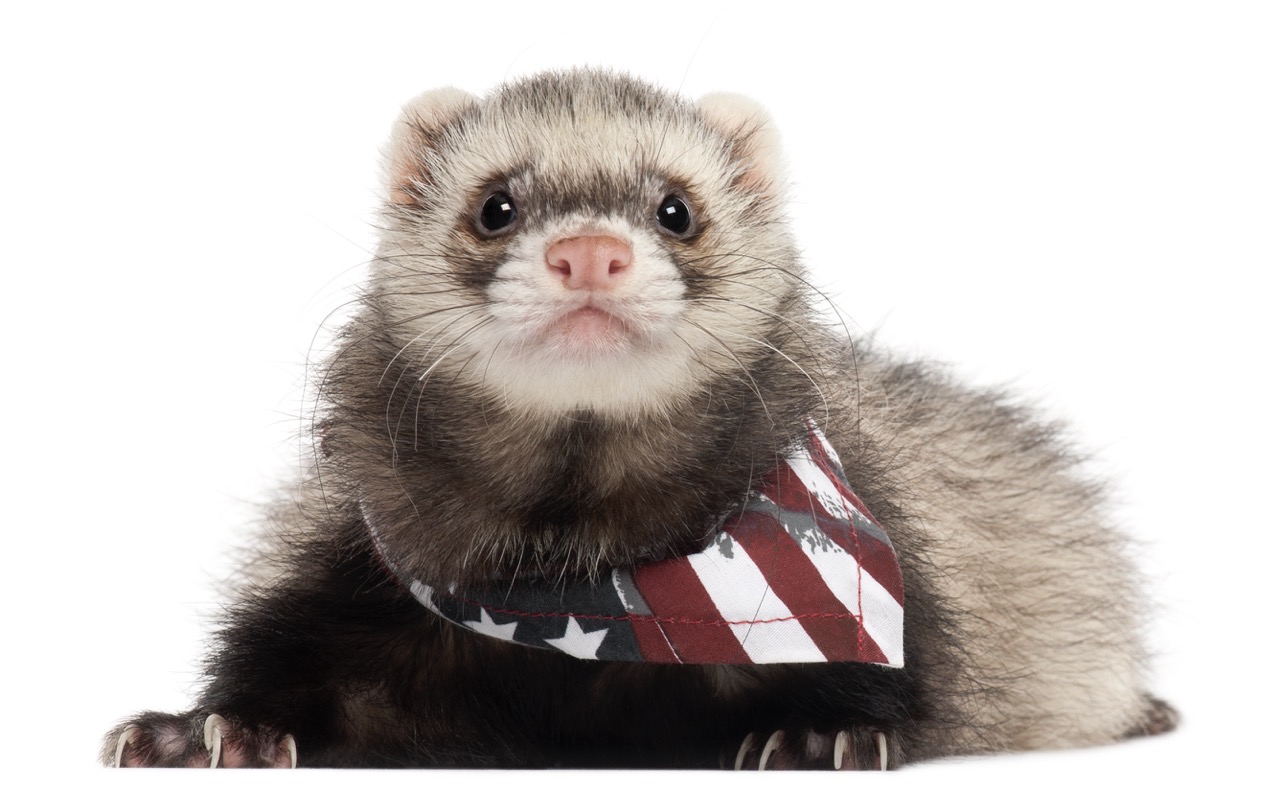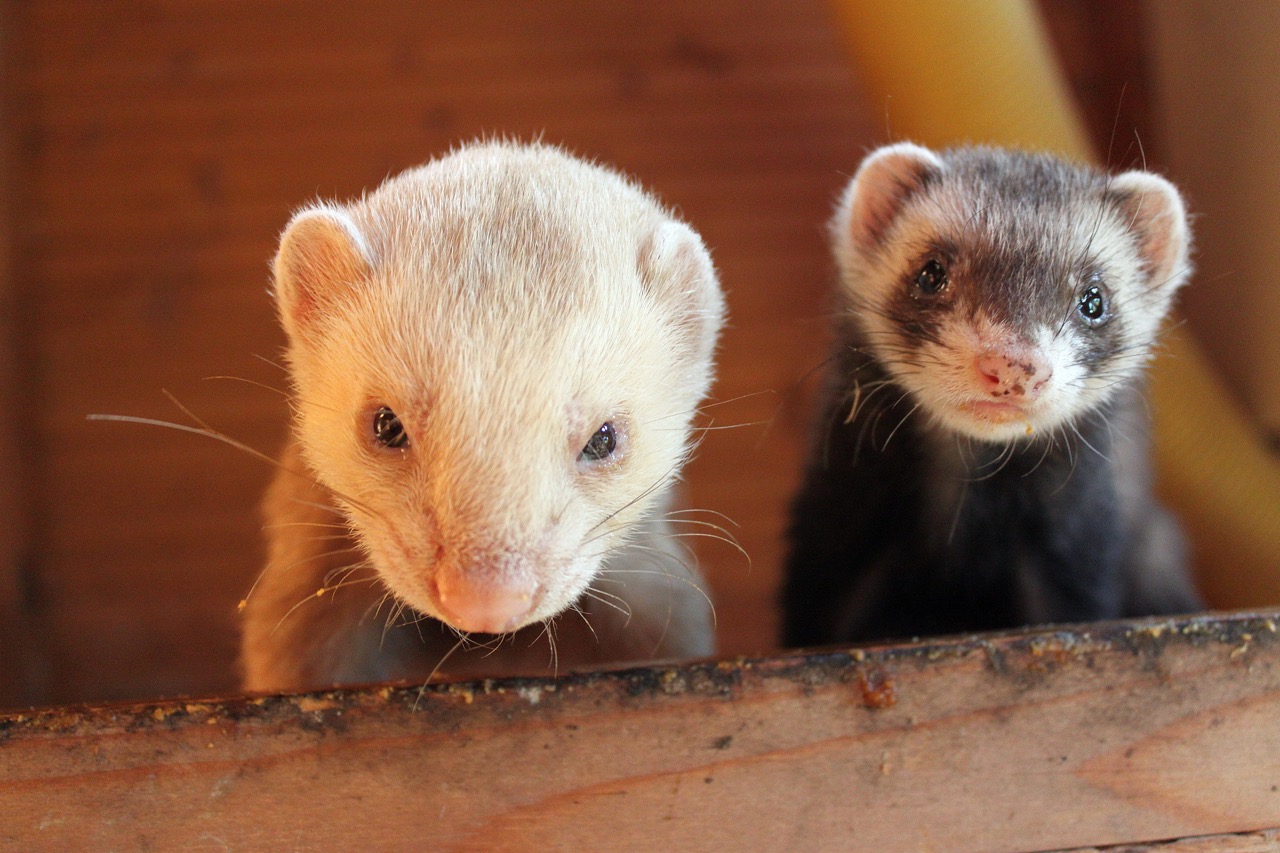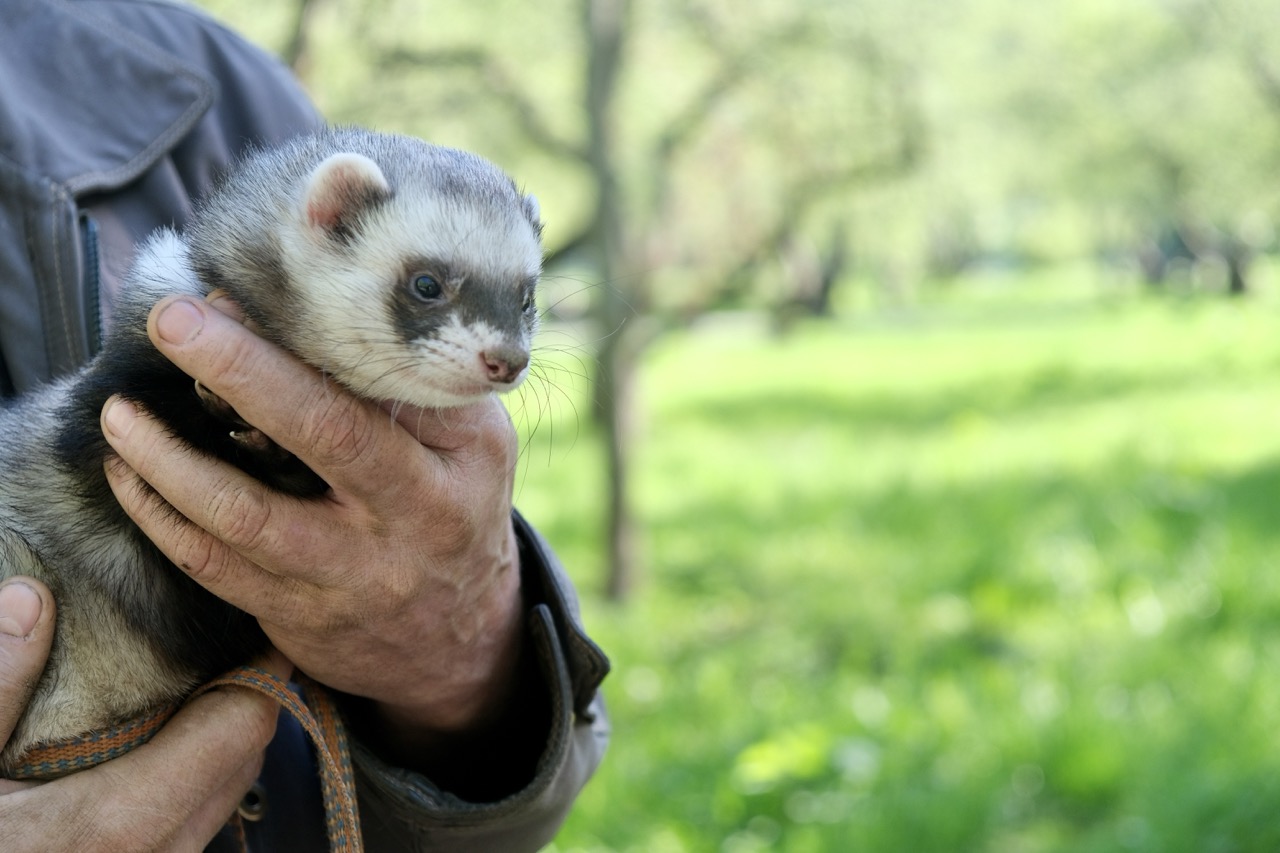Ferrets are known for their playful and social nature, making them wonderful companions for pet owners. However, just like any other animal, their social behavior plays a crucial role in how they interact with one another. Introducing ferrets to each other can be a rewarding experience, but it does require careful planning and consideration. In this article, we will explore the intricacies of ferret behavior, how to prepare for playdates, a step-by-step guide to safely introducing ferrets, and important signs to monitor during interactions.
Understanding Ferret Social Behavior and Interaction
Ferrets are inherently social animals that thrive on interaction with their own kind. They exhibit a variety of playful behaviors, such as chasing, wrestling, and engaging in playful nipping. Understanding these social cues is crucial for determining how ferrets will react when meeting new companions. Each ferret has its own personality, and factors such as age, gender, and previous social experiences can influence their behavior. Ideally, ferrets should be introduced to others of similar temperament to facilitate smoother interactions.
Social hierarchies may develop among ferrets as they establish their relationships, which can lead to dominance behaviors. Observing these interactions is essential, as ferrets can be quite vocal when expressing their feelings. Whining or whining sounds may indicate discomfort, while excited chattering usually signals playfulness. Recognizing these behaviors can help you gauge whether the ferrets are enjoying their time together or if their interaction is going south.
In addition to vocalizations, ferrets communicate through body language. A ferret that appears relaxed with its body low to the ground and a raised tail is likely feeling playful and confident. Conversely, a rigid body posture or flattened ears can signal fear or aggression. Being attuned to these signals will empower you to intervene if necessary, ensuring a positive playdate experience for all ferrets involved.
Preparing Your Home for a Successful Ferret Playdate
Creating a safe and comfortable environment for ferrets is vital before any playdate can take place. The first step is to designate a neutral play area, free from any territorial markings or scents. This could be a room where neither ferret spends significant time, as familiar environments might trigger territorial behavior. Ensure that the space is secure, as ferrets are notorious escape artists and can squeeze through surprisingly small openings.
Next, remove any potential hazards from the play area. Make sure that small objects that could be swallowed, toxic plants, or items that they could get stuck in are out of reach. Also, consider using baby gates or playpens to create barriers, ensuring that ferrets have enough space to explore without feeling cornered. Providing hiding spots, such as tunnels or boxes, can also encourage safe exploration and give ferrets an option to retreat if they feel overwhelmed.
Finally, ensure that both ferrets are in good health before introducing them. A vet check-up for both animals is a sound strategy to rule out any underlying health issues, as sickness can cause irritability or aggression. Additionally, it’s advisable for both ferrets to be spayed or neutered, as this can significantly reduce aggressive and territorial tendencies, paving the way for a more harmonious interaction during the playdate.
Step-by-Step Guide to Introducing Ferrets Safely
When introducing ferrets for the first time, it’s essential to take things slowly and methodically. Begin by allowing the ferrets to become familiar with each other’s scent. You can do this by swapping bedding or using a cloth to rub one ferret and then allowing the other ferret to smell it. This initial scent introduction will help familiarize them before the face-to-face meeting.
Once the ferrets are comfortable with each other’s scents, arrange for a supervised introduction in the designated neutral area. Start by bringing them into the space on separate harnesses or carriers, allowing them to observe each other without direct contact. Gauge their reactions carefully; if they appear calm and curious, you can gradually allow them to interact more closely. However, if either ferret shows signs of aggression or fear, it’s best to take a step back and try again later.
After the initial introduction, let the ferrets interact freely but always keep a close eye on their behaviors. Short sessions of playtime should be followed by breaks to assess how they are handling the interactions. Be patient; fostering a bond between ferrets may take several meetings, and rushing the process can lead to stress or aggression. Ultimately, a gradual and observant approach will yield the best results for a successful playdate.
Monitoring Interactions: Signs of Compatibility and Stress
Once your ferrets are interacting, it’s crucial to monitor their behavior closely. Look for signs of compatibility, such as playful chasing, gentle wrestling, and mutual grooming. These behaviors indicate that the ferrets are comfortable with each other and enjoying their playtime. Additionally, you may notice them taking turns initiating play, which is a positive indication of their budding friendship.
On the flip side, you should be vigilant for signs of stress or discomfort. If one ferret begins to display aggressive behaviors, such as biting, lunging, or hissing, it may be necessary to separate them immediately. Signs of stress can also manifest in more subtle ways, including excessive grooming, pacing, or hiding. If you observe any of these behaviors, it is essential to intervene delicately and allow both ferrets some time apart to cool down.
In the event that the introduction does not go as planned, don’t be discouraged. Some ferrets may simply not get along despite your best efforts. It’s important to recognize that every ferret is unique, and some may prefer to be solo pets. Remember that safety and well-being should always be your top priority, and not all ferrets will form a bond with each other.
Introducing ferrets to one another can be a delightful experience that enriches their lives and yours. By understanding ferret social behavior, preparing your home appropriately, following a structured introduction process, and monitoring interactions, you can help ensure a successful playdate. Remember that patience and attention to their unique personalities are the keys to creating a harmonious environment, whether they become fast friends or prefer to keep their distance. With these guidelines in mind, you can foster healthier and happier ferret relationships.










